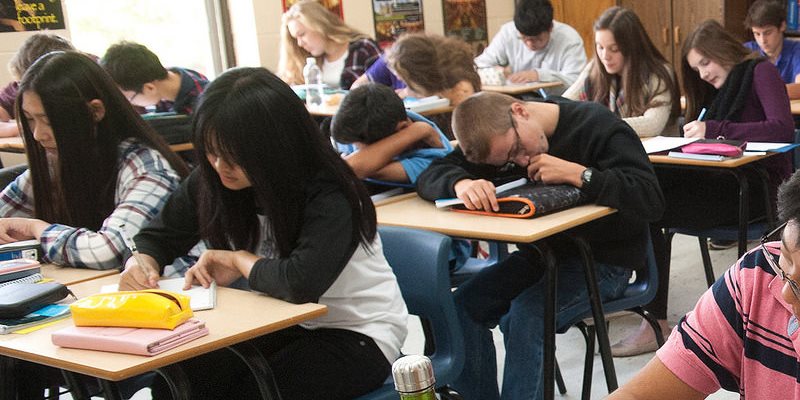Independent schools key to improving K-12 education in Alberta

Education is one of the most important functions of the provincial government and the second largest area of provincial spending, so ensuring families have access to excellent K-12 education in a manner that’s fiscally responsible remains a vital public policy goal. Crucially, increasing the availability of independent schools in Alberta has the potential to improve education outcomes at a lower cost for taxpayers.
There’s reason to be concerned about the current state of K-12 education in the province. Tests scores across a range of subjects show stagnant or declining results. For example, one-third (33.3 per cent) of Grade 9 students writing the Provincial Achievement Tests (PAT) in math in 2017/18 failed to achieve the acceptable standard. What’s perhaps even more concerning is that the acceptable standard requires a score of only 42.0 per cent.
International tests tell a similar story. Alberta has experienced a decline in scores in all three areas of testing by the OECD—reading, science and math. Once again, mathematics stands out as a particular area of concern. There has been some decline in international math test scores across Canada, but the fall in Alberta has been more pronounced than any other province except Manitoba.
When faced with declining educational performance, there’s a natural inclination to assume it’s due to reduced government spending. However, per student K-12 public school education spending increased from $11,157 to $13,155 between 2005/06 and 2014/15 (after adjusting for inflation). In fact, per-student spending in Alberta is higher than the national average ($12,646).
In short, spending is up, but results are stagnant or declining.
Throwing more money at the problem, it seems, isn’t the answer. Fortunately, there other options for policy reform that can help improve student performance. A recent study of neighbouring British Columbia compared the performance of public schools and independent schools on standardized tests and found that independent schools out-performed public schools on most provincial exams. (The results hold even when the analysis excludes “elite” independent schools.)
Educating a student in an independent school also saves taxpayer funds. Eligible independent schools in Alberta receive an annual grant equal to 60 or 70 per cent of the per-student operating amount provided to public schools while receiving no public funding for capital expenditures.
With independent schools achieving better results at a lower cost to taxpayers, policymakers should consider ways to increase enrolment at these schools. One reform option is to allow for-profit independent schools to be eligible for provincial grants in the same way as non-profit independent schools. One of the biggest barriers facing non-profit independent schools is that they are limited in their financing options for large expenditures such as school construction.
Sweden, for instance, has long placed for-profit schools on a level playing field with non-profit independent schools, and experienced significant growth in the availability of independent schools as a result. The share of Swedish students who attend independent schools increased from 2 per cent in 1992 when reforms began, to 14.1 per cent in elementary and lower-secondary grades and 25.1 per cent in upper secondary grades by 2014.
Back in Alberta, with student test results stagnant or declining while spending continues to rise, it’s clear something must change with the delivery of K-12 education. Independent schools can achieve superior results for students, at a lower cost to taxpayers. A win-win if there ever was one.


